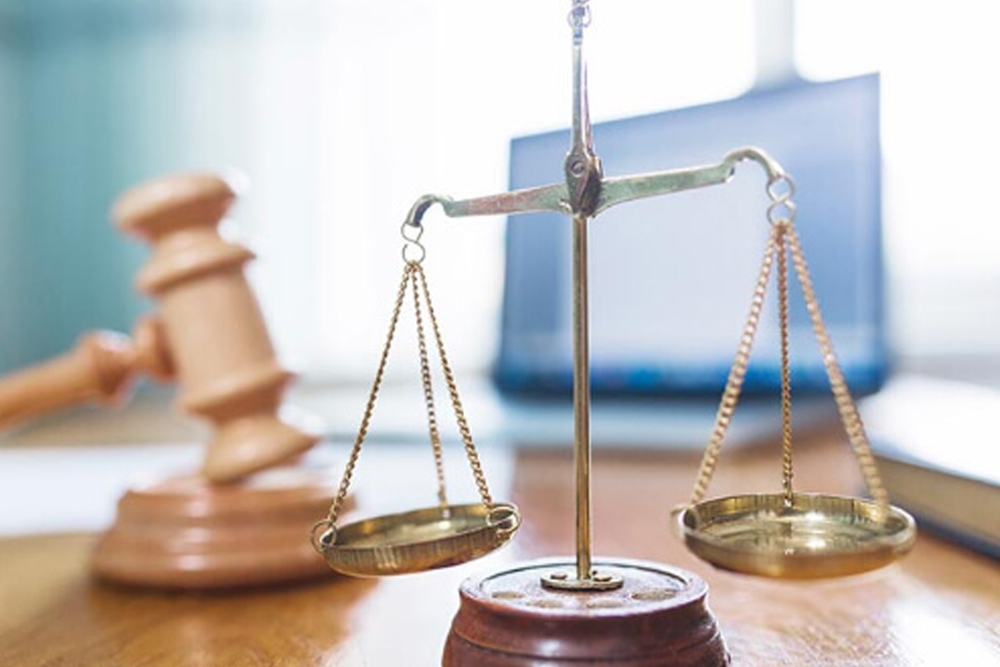Budgeting After Bankruptcy

The best thing you can do for your finances after bankruptcy is to make a budget. Knowing exactly where your money goes each month is the first step in avoid financial trouble and ensuring long-term financial health.
The best way to develop a budget is with a database spreadsheet. The spreadsheet looks like this:
| Creditor | Balance | Payment | Date Due | Date Paid |
| Mortgage | $181,232 | $1,250 | Oct 1 | Oct 1 |
| Ford Credit | $9,544 | $322 | Oct 4 | Oct 1 |
| Electric Bill | $200 | $200 | Oct 20 |
First, you must determine your monthly expenses. Below are some common household expense categories to get you started:
- Rent or Home Mortgage
- Real Property Taxes
- Property Insurance
- Electricity / Gas
- Water & Sewer
- Telephone/Long Distance/Internet
- Garbage Pickup/Homeowner’s Assn.
- Alarm System/Cable TV
- Home Maintenance (Repairs/Upkeep/Lawn Care/Pool)
- Food (Monthly grocery bill)
- Clothing, Shoes
- Laundry and Dry Cleaning
- Medical, Dental, Medicines, Eye Doctor, Eye Glasses
- Gasoline for Autos
- Repairs, Tires, Tune ups, Oil Changes, Annual Registration
- Church or Charity Contributions (not deducted from paycheck)
- INSURANCE (not deducted from paycheck)
- Homeowner’s or Renter’s (not included in mortgage)
- Life
- Health
- Auto
- Other (Describe)
- TAXES (not taken from wages or included in mortgage)
- INSTALLMENT PAYMENTS
- Alimony, Maintenance, & Support paid to others
- Visitation Expenses (plane tickets, etc.)
- Payments for Support of Additional Dependents Not Living At Home
- Recreation, Clubs, & Entertainment
- ADDITIONAL MONTHLY HOUSEHOLD EXPENSES
- Work Lunches
- Dependent’s Lunch Money
- Daycare/Babysitter
- Bus Fare
- Parking
- Toll Road
- Barber
- Postage
- Bank Charges, Fees
- Cigarettes and Cigars
- Educational Expenses: Tuition, Books, other
- School Tuition
- Dependent’s Allowance/Extracurricular Activities
- Storage Rent
- Cell Phone
- Pet Food & Care, including vet expenses
- Pager/Internet
- Toiletries, Cleaning Supplies, Hygiene Products
- Property/School Taxes (not included above)
Next, determine your take-home income after taxes and all employer deductions like health insurance, 401k, or car allowance.
Third, compare your total monthly expenses to your net take home pay. Make necessary adjustments to your monthly expenses.
Finally, separate your expenses into categories. Here are some suggested categories and the percentage of your income you should be spending each month:
Category Percentage of Overall Spending $6,000/mo net income
Housing 25-35% $1,500 – $2,100
Utilities 5-10% $300 – $600
Transportation 10-15% $600 – $900
Healthcare 5-10% $300 – $600
Food 5-15% $300 – $900
Investments/Savings 5-10% $300 – $600
Debt Payments 5-10% $300 – $600
Charitable Giving 5-15% $300 – $900
Entertainment/Recreation 5-9% $300 – $540
Misc Personal 2-7% $120 – $420
A household budget should be the basis of your personal finances. It is essentially a financial report for you every month. Understanding where your money is spent, will help you save and avoid future financial problems.
